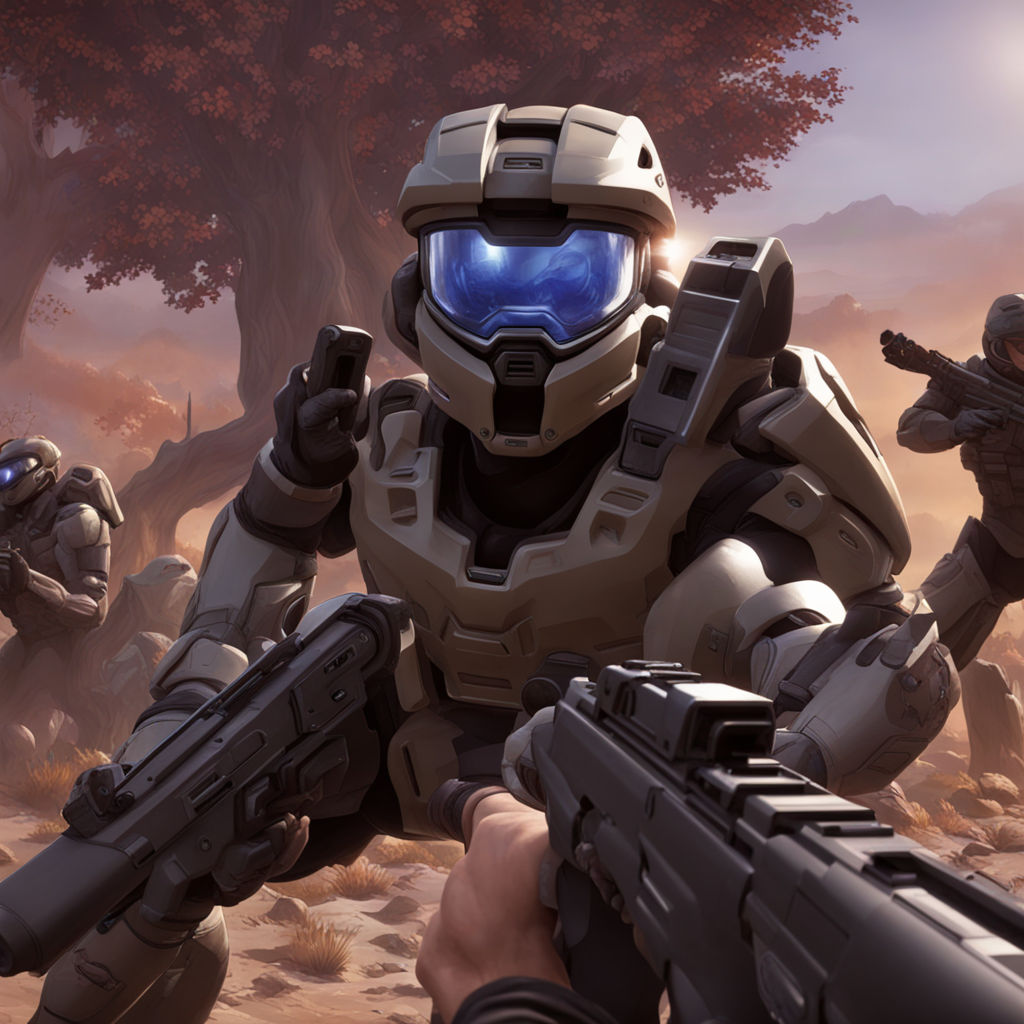Welcome to the World of FPS Games
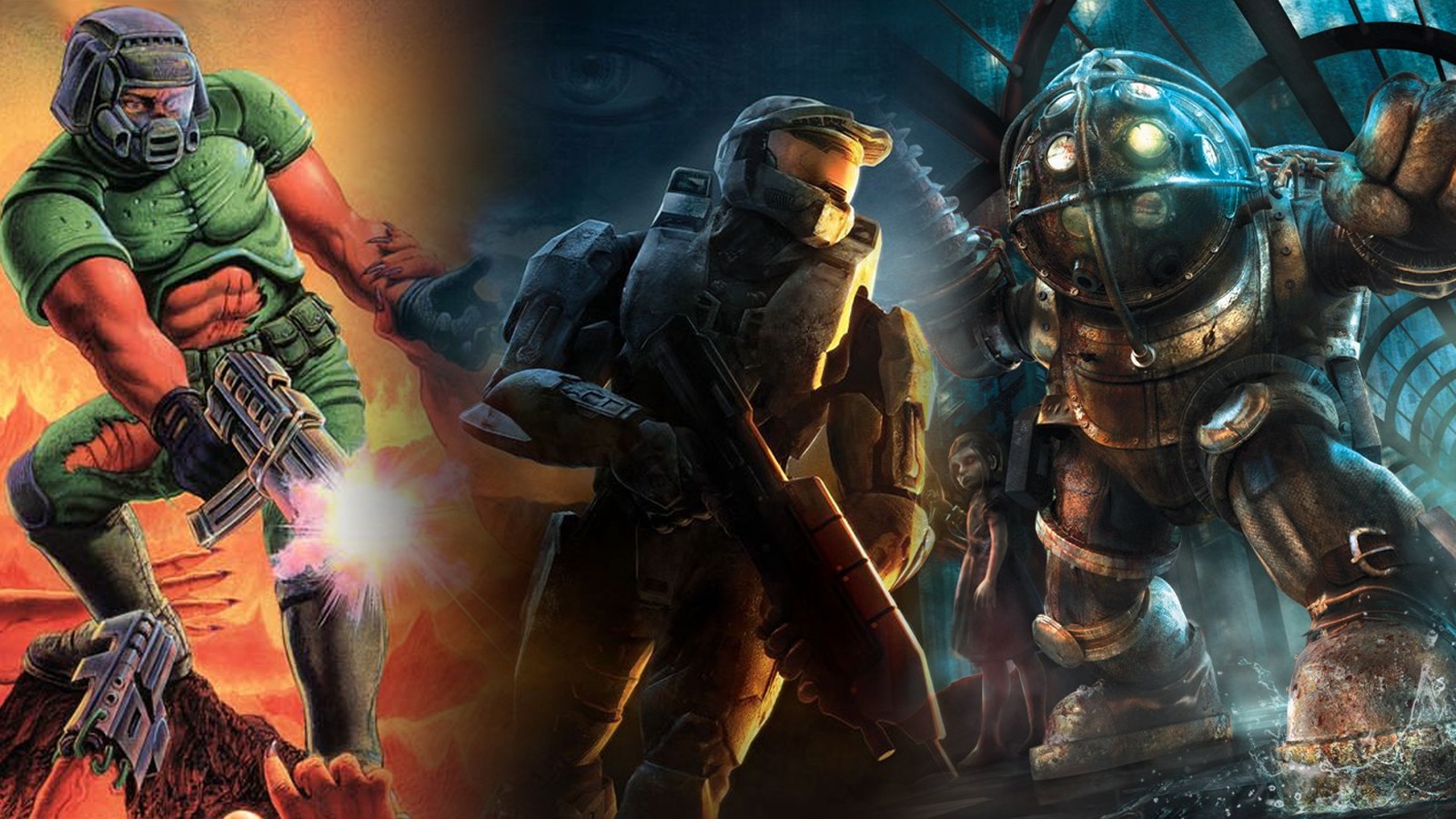
Welcome to the adrenaline-fueled world of First-Person Shooter (FPS) games, where fast reflexes, strategic thinking, and a steady hand are your best allies. From the gritty battlegrounds of Call of Duty to the futuristic arenas of Overwatch, FPS games have been a cornerstone of the gaming industry for decades.
Brief Overview of the FPS Genre
The FPS genre lets you step into the shoes of the protagonist, viewing the game world through their eyes and experiencing every heart-pounding moment firsthand. Whether you’re storming enemy fortresses, battling alien invaders, or engaging in tactical team-based combat, FPS games deliver an immersive experience like no other. Classic titles like Doom and Quake laid the groundwork, introducing players to intense, fast-paced gameplay that has evolved tremendously over the years.
Importance of FPS Games in the Gaming Industry
FPS games have become a dominant force in the gaming world, known for pushing the boundaries of technology and storytelling. They are often the testing grounds for new gaming technologies, such as advanced graphics engines and realistic physics. The popularity of FPS games has also fueled the growth of competitive gaming, with titles like Counter-Strike: Global Offensive and Rainbow Six Siege leading the charge in the eSports arena. These games not only entertain millions of players worldwide but also drive hardware sales, inspire spin-off media, and create thriving online communities.
Purpose of the Guide
With so many fantastic FPS games out there, it can be tough to know where to start. That’s where this guide comes in! We’re here to spotlight the cream of the crop, the games that have defined and redefined the FPS genre. Whether you’re a veteran player looking to revisit some classics or a newcomer eager to dive into the action, our guide will point you to the best FPS games available today. Get ready to lock and load—it’s going to be an epic ride!
Historical Context
“The journey of FPS games” is its robust modding support is a fascinating one, beginning with the pixelated corridors of the early 90s and evolving into the visually stunning and complex worlds we navigate today. In the early days, FPS games were characterized by their simplicity and innovative gameplay mechanics. As technology advanced, so did the scope and ambition of these games, leading to more immersive and graphically impressive experiences.
From rudimentary 2D sprites to realistic 3D environments, FPS games have continually pushed the boundaries of what’s possible in gaming. The introduction of networked multiplayer modes transformed these games from solo experiences into global phenomena, bringing players together from all corners of the world.
Landmark FPS Titles that Defined the Genre
Several key titles have played pivotal roles in shaping the FPS genre. These games not only set new standards for gameplay and graphics but also influenced countless other games that followed.
Doom (1993)
When Doom burst onto the scene in 1993, it changed the gaming landscape forever. Developed by id Software, Doom introduced players to a fast-paced, brutal world filled with demonic enemies and explosive weaponry. Its innovative use of 3D graphics and networked multiplayer capabilities set a new benchmark for the industry. Doom’s influence can still be seen in modern FPS games, and it remains a beloved classic.
Quake (1996)
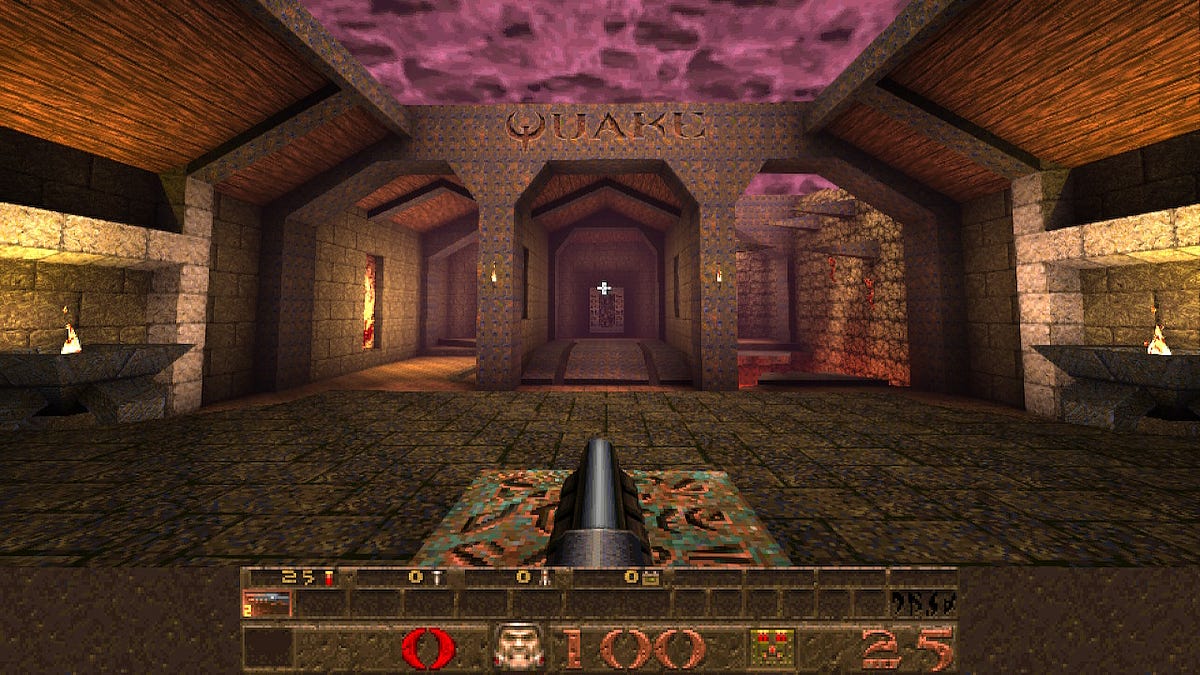
Following in Doom’s footsteps, id Software released Quake in 1996. Quake took FPS gaming to the next level with its fully 3D environments, dynamic lighting, and advanced multiplayer features. It was one of the first games to support online play, fostering a competitive community that would lay the groundwork for future eSports. Quake’s fast-paced action and intricate level design have earned it a lasting legacy in the gaming world.
Half-Life (1998)
In 1998, Valve Corporation released Half-Life, a game that revolutionized storytelling in FPS games. Half-Life combined intense action with a compelling narrative, delivered through seamless, in-game scripted events. This immersive approach to storytelling set it apart from its predecessors and influenced countless other games. The success of Half-Life also led to the creation of Counter-Strike, one of the most popular multiplayer FPS games ever made.
These landmark titles not only defined their era but also set the stage for the continued evolution of FPS games, leading us to the rich and diverse experiences we enjoy today.
Criteria for Selection
When determining the best FPS games, several key factors come into play. Each game is evaluated based on a combination of these criteria to ensure a well-rounded and satisfying experience. Let’s break down what makes an FPS game stand out.
Gameplay Mechanics
At the core of any great FPS game are its gameplay mechanics. This includes the responsiveness of controls, the fluidity of movement, and the design of combat systems. A top-tier FPS game should offer precise aiming, intuitive controls, and a variety of weapons and abilities that keep the gameplay engaging. Games like Call of Duty and Apex Legends excel in this area, providing smooth and satisfying shooting experiences.
Graphics and Visual Fidelity
Visuals play a significant role in immersing players in the game world. High-quality graphics, realistic textures, and detailed environments can make a game truly captivating. Advances in technology have allowed games to achieve stunning levels of realism. Titles like Battlefield 1 and Doom Eternal are prime examples, offering breathtaking visuals that enhance the overall experience.
Storyline and Narrative Elements
While not all FPS games focus heavily on story, those that do can leave a lasting impression. A compelling narrative can draw players in and make them care about the characters and events unfolding around them. Games like Half-Life and Bioshock are renowned for their strong storytelling, blending immersive narratives with intense gameplay.
Multiplayer Experience
For many FPS fans, multiplayer is where the real excitement lies. A robust multiplayer experience includes a variety of modes, balanced gameplay, and a strong online community. Games like Counter-Strike: Global Offensive and Overwatch have built thriving competitive scenes and provide endless replayability through their multiplayer offerings.
Community and Support
A game’s community and the support it receives from developers are crucial for its longevity. Regular updates, bug fixes, and new content keep players engaged and help foster a positive community. Games like Rainbow Six Siege and Fortnite are well-known for their active communities and continuous developer support, ensuring the game remains fresh and enjoyable over time.
Innovation and Unique Features
Innovation sets great FPS games apart from the rest. Whether it’s through groundbreaking technology, unique gameplay mechanics, or creative design choices, innovative games push the genre forward. Portal with its mind-bending puzzles and Titanfall 2 with its parkour mechanics are examples of how innovation can create memorable and distinctive gaming experiences.
Top FPS Games of All Time
Call of Duty: Modern Warfare Series
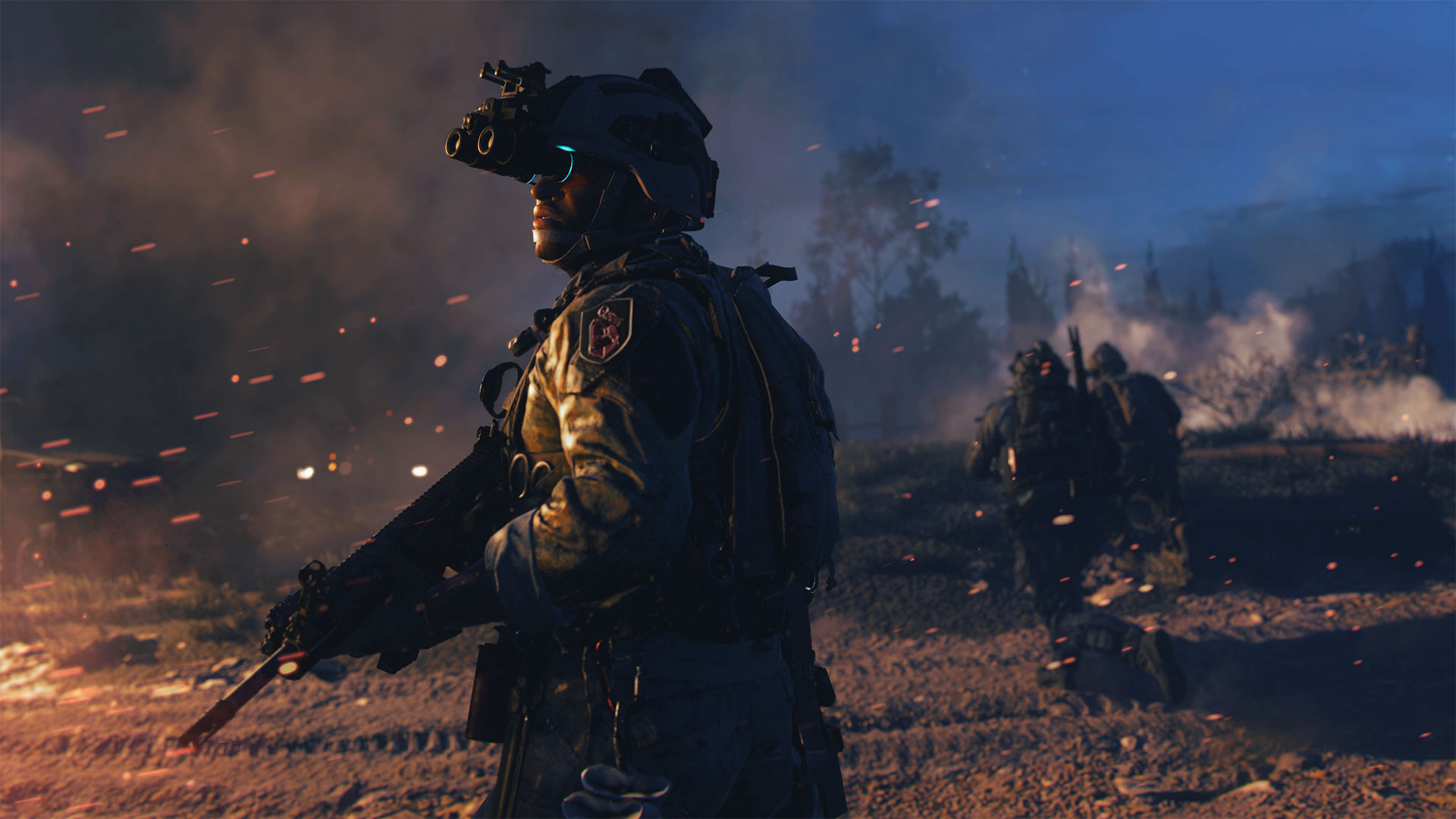
Overview of the Series
The Call of Duty: Modern Warfare series has become synonymous with high-octane action and cinematic storytelling. Since its inception in 2007, this series has redefined the FPS genre, blending intense single-player campaigns with groundbreaking multiplayer modes. Developed by Infinity Ward and published by Activision, Modern Warfare set a new standard for military shooters, both in terms of gameplay and narrative.
Key Features and Innovations
- Realistic Settings and Storylines: Unlike its predecessors set in World War II, Modern Warfare brought the FPS genre into contemporary conflicts, featuring plausible geopolitical scenarios.
- Cinematic Single-Player Campaigns: The series is known for its gripping storylines, memorable characters, and intense set-piece moments. Iconic missions like “All Ghillied Up” and “No Russian” are still discussed today for their impact and execution.
- Multiplayer Innovation: Modern Warfare revolutionized online multiplayer with features like killstreaks, customizable loadouts, and persistent progression systems. These innovations have influenced countless other games.
- Spec Ops Mode: Introduced in Modern Warfare 2, this cooperative mode offered a variety of missions that could be tackled with friends, adding more replayability and depth.
Impact on the FPS Genre
The Modern Warfare series has had a profound impact on the FPS genre:
- Setting the Standard for Multiplayer: The introduction of killstreaks, perks, and custom classes in multiplayer mode has been widely adopted and adapted by other FPS games.
- Storytelling Excellence: The series’ focus on narrative-driven single-player campaigns has raised the bar for storytelling in FPS games, inspiring other developers to place greater emphasis on narrative.
- Cultural Phenomenon: Modern Warfare has not only dominated the gaming charts but also influenced popular culture, with references appearing in movies, TV shows, and other media.
Notable Titles within the Series
- Call of Duty 4: Modern Warfare (2007): The game that started it all, setting a new benchmark for FPS games with its modern setting, compelling story, and innovative multiplayer.
- Call of Duty: Modern Warfare 2 (2009): Building on the success of the first game, MW2 introduced new multiplayer mechanics and delivered an unforgettable campaign.
- Call of Duty: Modern Warfare 3 (2011): Concluding the original trilogy, MW3 provided a satisfying end to the story arc while refining multiplayer gameplay.
- Call of Duty: Modern Warfare (2019): A reboot of the series that brought back beloved characters and introduced a new generation to the high-stakes world of Modern Warfare, featuring advanced graphics and a reimagined story.
The Call of Duty: Modern Warfare series remains a titan in the FPS genre, continually evolving and setting new standards for both gameplay and storytelling. If you’re looking for a blend of thrilling single-player action and competitive multiplayer fun, Modern Warfare is the place to start.
Counter-Strike: Global Offensive
Brief History and Development
Counter-Strike: Global Offensive (CS:GO) is the fourth game in the Counter-Strike series, developed by Valve Corporation and Hidden Path Entertainment. It was released in August 2012, but its roots go back to 1999, when the original Counter-Strike mod for Half-Life took the gaming world by storm. This mod, created by Minh “Gooseman” Le and Jess Cliffe, quickly grew in popularity, leading Valve to acquire the rights and develop standalone versions, culminating in CS:GO.
Core Gameplay Mechanics
Gameplay in CS:GO is built around tactical team-based combat. Players are divided into two teams: Terrorists and Counter-Terrorists, each with specific objectives.
- Game Modes: The most popular mode is Bomb Defusal, where Terrorists try to plant a bomb at one of two designated sites, and Counter-Terrorists must prevent this or defuse the bomb. Other modes include Hostage Rescue, Arms Race, and Deathmatch.
- Economy System: Players earn money based on their performance in rounds, which can be used to purchase weapons, armor, and equipment at the start of each round. This adds a layer of strategy, as managing your economy effectively can be crucial to victory.
- Weaponry and Equipment: CS:GO features a wide array of realistic weapons, each with its unique attributes and recoil patterns. Mastering these weapons and their mechanics is key to success.
- Maps and Environments: The game boasts a variety of maps, each offering different strategic opportunities and challenges. Classic maps like Dust II and Mirage are fan favorites, known for their balanced design and competitive play.
Competitive Scene and eSports Presence
CS:GO has a thriving competitive scene and is one of the cornerstones of eSports. Major tournaments, such as the ESL Pro League, DreamHack, and the Intel Extreme Masters, draw millions of viewers worldwide and offer substantial prize pools.
- Professional Teams and Players: The game has produced numerous professional teams and legendary players who are celebrated in the eSports community. Teams like Astralis, Natus Vincere, and Fnatic have dominated the scene, while players like s1mple and device have become household names.
- Valve-sponsored Majors: These tournaments are the pinnacle of CS:GO competition, held twice a year, with teams from around the world competing for prestige and significant cash prizes.
- Streaming and Content Creation: Platforms like Twitch and YouTube have made it easier for fans to follow their favorite players and teams, contributing to the game’s global popularity.
Community and Updates
Valve has maintained the game’s relevance through regular updates and new content, ensuring it evolves with player expectations.
- Frequent Updates: Valve releases regular patches to address bugs, balance issues, and introduce new features. These updates keep the game fresh and engaging.
- Skins and Customization: The introduction of weapon skins, stickers, and other cosmetic items has created a thriving marketplace and allows players to personalize their in-game experience. The rarity and design of these items have even made them collectibles.
- Community Maps and Mods: The game’s support for community-created content means players can enjoy a wealth of custom maps and mods, adding endless replayability.
- Anti-Cheat Measures: To maintain a fair playing environment, Valve employs VAC (Valve Anti-Cheat) and Overwatch systems to detect and punish cheaters, ensuring competitive integrity.
Counter-Strike: Global Offensive’s blend of tactical gameplay, strategic depth, and competitive excitement makes it a timeless classic in the FPS genre. Whether you’re aiming for the top of the leaderboards or just enjoying a casual game with friends, CS:GO offers something for everyone.
Battlefield Series
Evolution of the Battlefield Franchise
The Battlefield series, developed by DICE and published by Electronic Arts, has been a staple of the FPS genre since its debut in 2002 with Battlefield 1942. Over the years, Battlefield has evolved significantly, introducing innovative gameplay mechanics and pushing the boundaries of what an FPS game can offer. The series is renowned for its large-scale multiplayer battles, realistic graphics, and immersive environments, making it a favorite among FPS enthusiasts.
Signature Features
The Battlefield series is known for several key features that set it apart from other FPS games:
- Large-Scale Battles: One of Battlefield’s hallmark features is its massive multiplayer maps, capable of hosting up to 64 players in epic battles. This scale allows for diverse strategies and dynamic gameplay, where players can engage in infantry combat, drive vehicles, and pilot aircraft.
- Destructible Environments: The introduction of destructible environments, starting with Battlefield: Bad Company, revolutionized the FPS genre. Players can blow up buildings, create new pathways, and alter the battlefield in real-time, adding a layer of tactical depth and realism.
- Team-Based Gameplay: Battlefield emphasizes teamwork and coordination, with different classes and roles that encourage players to work together. Whether you’re providing medical support, repairing vehicles, or leading the charge as an assault trooper, every role feels important.
- Immersive Single-Player Campaigns: While Battlefield is primarily known for its multiplayer, its single-player campaigns also offer engaging narratives and intense action. These campaigns often provide a cinematic feel, drawing players into the historical or fictional conflicts they depict.
Highlighted Titles
Here’s a list of some of the most notable titles in the Battlefield series, each bringing something unique to the table:
Battlefield 3 (2011)
Battlefield 3 marked a significant leap forward in graphics and gameplay mechanics, thanks to the Frostbite 2 engine. The game’s large-scale battles and destructible environments provided a realistic feel for the chaos of modern warfare.
The campaign took players through various global hotspots, offering a mix of intense firefights and memorable set pieces. The narrative was gripping, featuring a mix of action-packed missions and stealth operations.
Battlefield 3’s multiplayer was a highlight, with well-designed maps and a wide range of vehicles and weapons. The introduction of the Battlelog system allowed players to track their stats and connect with friends more easily.
Battlefield 4 (2013)
Building on the success of its predecessor, Battlefield 4 enhanced the series’ core elements with the Frostbite 3 engine. The game introduced “Levolution,” where player actions could trigger dynamic events that drastically changed the map layout, such as collapsing skyscrapers or flooding streets.
The campaign was more refined, with a focus on a cohesive narrative and character development. It provided a mix of large-scale battles and personal stories, creating an immersive experience.
Battlefield 4’s multiplayer remained the series’ strong suit, featuring diverse maps, a robust class system, and a variety of game modes. The inclusion of Commander Mode allowed players to oversee the battlefield and support their team with strategic assets.
Battlefield 1 (2016)
Battlefield 1 took the series back in time to World War I, offering a fresh perspective on a lesser-explored conflict in gaming. The game’s attention to historical detail and period-accurate weapons and vehicles gave players a feel for the brutal and chaotic nature of WWI.
The campaign, titled “War Stories,” featured a series of vignettes that told different tales of the Great War. Each story was unique, providing a personal and emotional glimpse into the lives of soldiers and civilians during the conflict.
The multiplayer experience in Battlefield 1 was rich and varied, with large-scale battles, a wide array of WWI-era weapons, and the introduction of Behemoths—massive vehicles that could turn the tide of battle. The Operations mode was particularly well-received, offering a narrative-driven approach to multiplayer matches.
The Battlefield series continues to innovate and captivate players with its blend of large-scale battles, destructible environments, and immersive gameplay. Whether you’re reliving historical conflicts or engaging in modern warfare, Battlefield offers a thrilling FPS experience like no other.
Overwatch
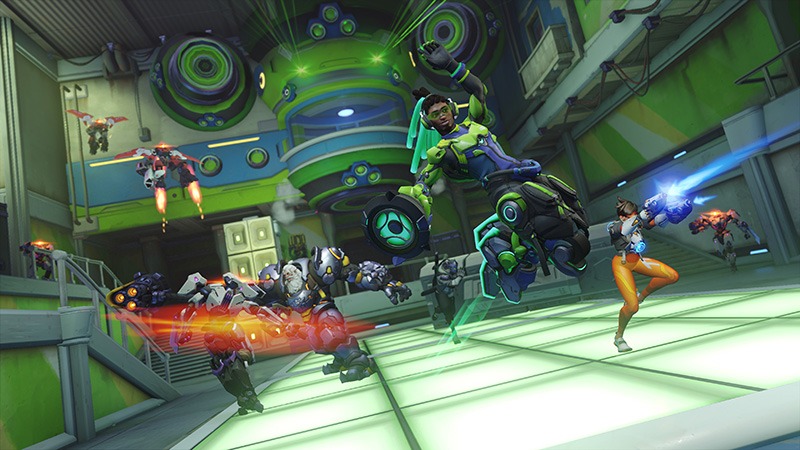
Blend of FPS and Team-Based Gameplay
Overwatch, developed by Blizzard Entertainment, stands out by combining the fast-paced action of FPS games with the strategic depth of team-based gameplay. Players are divided into two teams of six, with each player selecting a hero from a diverse roster. Team composition and coordination are key, as each hero has unique abilities that can complement or counter others.
Hero Roster and Abilities
Overwatch boasts a rich and varied roster of heroes, each with their own unique skills and roles. Heroes are categorized into three main roles: Damage, Tank, and Support. This variety allows players to find a hero that suits their playstyle and encourages teamwork to achieve objectives. For example, characters like Tracer offer high mobility and damage, while heroes like Reinhardt provide strong defensive capabilities with their shields.
Impact on the eSports Scene
Overwatch has made a significant mark on the eSports scene. The Overwatch League (OWL), launched in 2018, is a professional eSports league featuring city-based teams from around the world. The OWL has set new standards for eSports with its professional structure, high production values, and substantial prize pools, drawing in large audiences and fostering a vibrant competitive community.
Community and Ongoing Support
Blizzard continues to support Overwatch with regular updates, including new heroes, maps, and seasonal events. The game’s community is vibrant and active, with frequent developer interaction and community events. The introduction of Overwatch 2 promises to further expand the game’s universe and refine its gameplay, ensuring that Overwatch remains a beloved title for years to come.
Doom (2016) and Doom Eternal
Reboot of the Classic Series
Doom (2016) and its sequel, Doom Eternal, successfully rebooted the classic series, bringing the beloved franchise into the modern era while retaining its core elements. Developed by id Software, these games reintroduced players to the iconic fast-paced, brutal combat that made the original Doom a genre-defining title.
Fast-Paced Gameplay and Brutal Combat
Both Doom (2016) and Doom Eternal are celebrated for their relentless, adrenaline-pumping gameplay. Players assume the role of the Doom Slayer, battling hordes of demons with an arsenal of powerful weapons. The emphasis on movement, aggressive combat, and the “Glory Kill” system, which rewards players for executing demons in spectacular fashion, sets these games apart from other FPS titles.
Visuals and Level Design
The visual design of Doom (2016) and Doom Eternal is striking, with highly detailed environments and grotesque enemy designs that immerse players in a hellish world. The level design encourages exploration and verticality, offering players multiple pathways and secrets to uncover, adding depth to the frenetic action.
Reception and Influence
Both games received widespread critical acclaim for their gameplay, visuals, and respect for the series’ legacy. They revitalized interest in the Doom franchise and influenced other FPS games by demonstrating that classic, fast-paced shooter mechanics can thrive in modern gaming.
Rainbow Six Siege
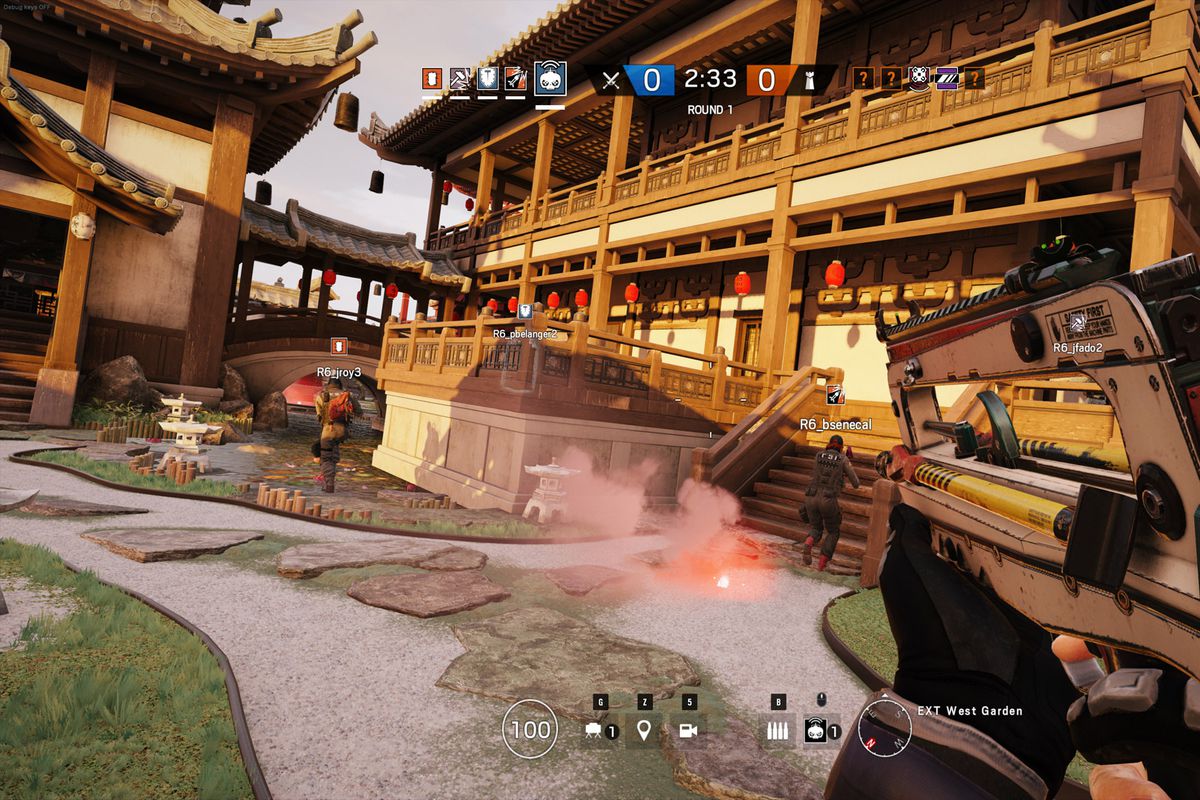
Tactical FPS Gameplay
Rainbow Six Siege, developed by Ubisoft, is a tactical FPS that emphasizes strategy, planning, and precise execution. Unlike traditional run-and-gun shooters, Siege requires players to carefully plan their actions, utilize gadgets, and work closely with their team to succeed in its highly destructible environments.
Operator System and Gadgets
Siege features a unique Operator system, where players choose from a roster of specialized characters, each with unique gadgets and abilities. Operators like Thermite, who can breach reinforced walls, and Pulse, who can detect heartbeats through walls, add layers of strategy and counterplay to each match.
Strategic Depth and Team Coordination
The game’s focus on destructible environments and tactical gameplay creates opportunities for creative strategies and requires tight coordination. Teams must communicate effectively, plan their attacks or defenses, and adapt to their opponents’ strategies, making Siege one of the most strategically demanding FPS games on the market.
Ongoing Updates and Community Support
Ubisoft has committed to supporting Siege with regular updates, new operators, maps, and seasonal events. This ongoing support has kept the game fresh and engaging, fostering a dedicated community and maintaining its popularity in the competitive gaming scene.
Halo Series
Significance in the FPS Genre
The Halo series, developed by Bungie and later 343 Industries, has been a cornerstone of the FPS genre since its debut with Halo: Combat Evolved in 2001. The series is known for its innovative gameplay, engaging storyline, and influence on console FPS games.
Storyline and Lore
Halo’s rich storyline and expansive lore are central to its appeal. The epic saga of Master Chief, Cortana, and the fight against the Covenant and the Flood has captivated players for over two decades. The series blends sci-fi elements with deep character development, creating a compelling narrative that spans multiple games and media.
Multiplayer Modes and Features
Halo’s multiplayer has been groundbreaking, introducing features such as split-screen play, online matchmaking, and user-generated content through Forge mode. Games like Halo 3 and Halo Infinite have set benchmarks for multiplayer design, offering a variety of modes and maps that cater to both casual and competitive players.
Notable Titles
- Halo: Combat Evolved: The game that started it all, introducing innovative mechanics and a compelling narrative.
- Halo 3: Known for its robust multiplayer, engaging campaign, and the introduction of Forge mode.
- Halo Infinite: The latest entry, combining classic Halo gameplay with modern advancements and an expansive open-world campaign.
Apex Legends
Battle Royale Format with FPS Elements
Apex Legends, developed by Respawn Entertainment, is a unique blend of battle royale and FPS gameplay. Set in the Titanfall universe, Apex Legends introduces squad-based mechanics and a hero shooter approach, distinguishing it from other battle royale games.
Unique Character Abilities
Apex Legends features a diverse roster of characters, each with unique abilities that add depth and strategy to the gameplay. Characters like Wraith, with her teleportation skills, and Bloodhound, with tracking abilities, allow for varied playstyles and team compositions.
Fast-Paced and Strategic Gameplay
The game’s emphasis on fast-paced action and strategic decision-making keeps players engaged. The dynamic movement system, including sliding and climbing, combined with tactical abilities, creates a thrilling and fluid gameplay experience.
Impact on the Genre and Community Reception
Since its release, Apex Legends has received critical acclaim and built a large, dedicated player base. Its innovative approach to the battle royale genre and constant updates from Respawn Entertainment have kept it at the forefront of competitive gaming, influencing other games and becoming a staple in the eSports scene.
